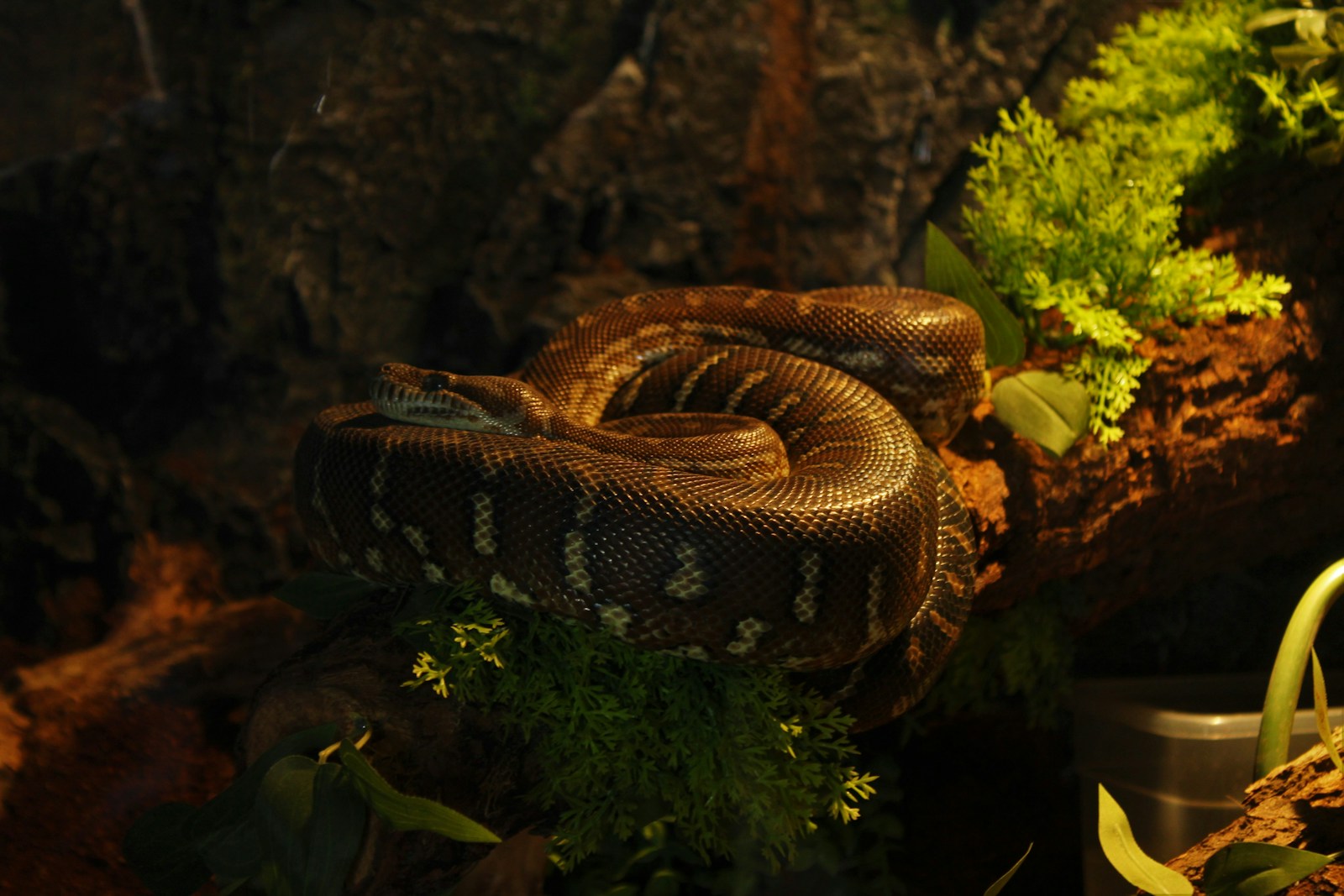In the diverse world of reptilian defense mechanisms, few are as peculiar and effective as thanatosis – the art of playing dead. While several animal species employ this tactic, there’s something particularly fascinating about a predator like a snake resorting to such deceptive vulnerability. The hognose snake has mastered this theatrical performance to such a degree that it’s earned the nickname “the drama queen of the reptile world.” When conventional intimidation fails, these remarkable creatures flip the script entirely, transforming from threatening predators to seemingly lifeless bodies in seconds. This extraordinary behavioral adaptation has helped these snakes survive for millions of years, fooling predators and humans alike with their convincing death performances.
Understanding Thanatosis: The Science of Playing Dead
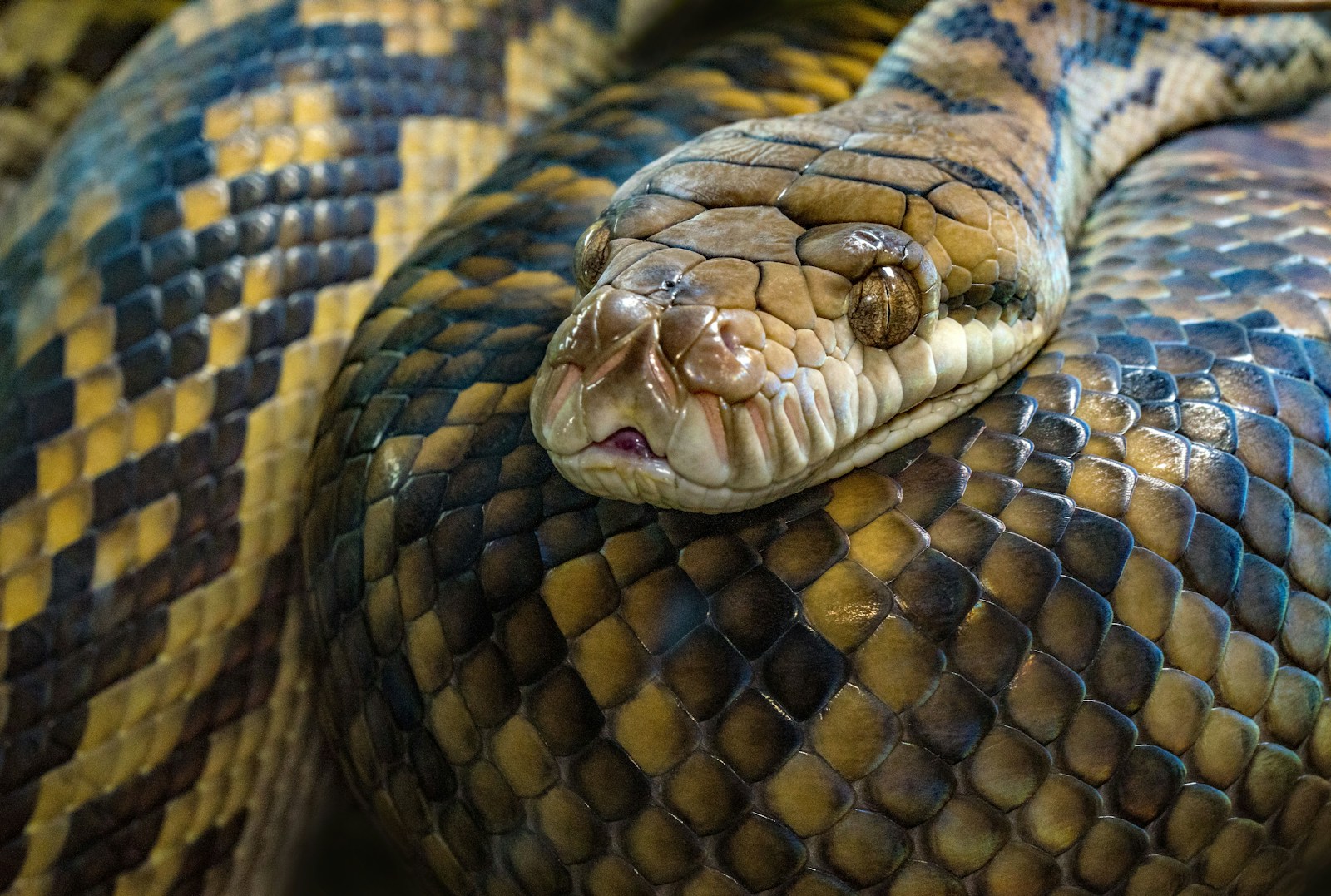
Thanatosis, derived from the Greek word for “death,” refers to the adaptive behavior where animals feign death to avoid predation. This remarkable strategy isn’t merely a conscious act but involves complex physiological changes that make the performance convincing. When a hognose snake engages in thanatosis, its body undergoes actual physical changes – heart rate slows, muscles relax, and even blood flow patterns alter temporarily. Researchers believe this behavior evolved as an effective last-resort defense mechanism when flight or fight responses prove inadequate. Interestingly, thanatosis isn’t unique to snakes and appears across the animal kingdom in species as diverse as opossums, certain beetles, and even some birds.
The Hognose Snake: Master of the Death Performance
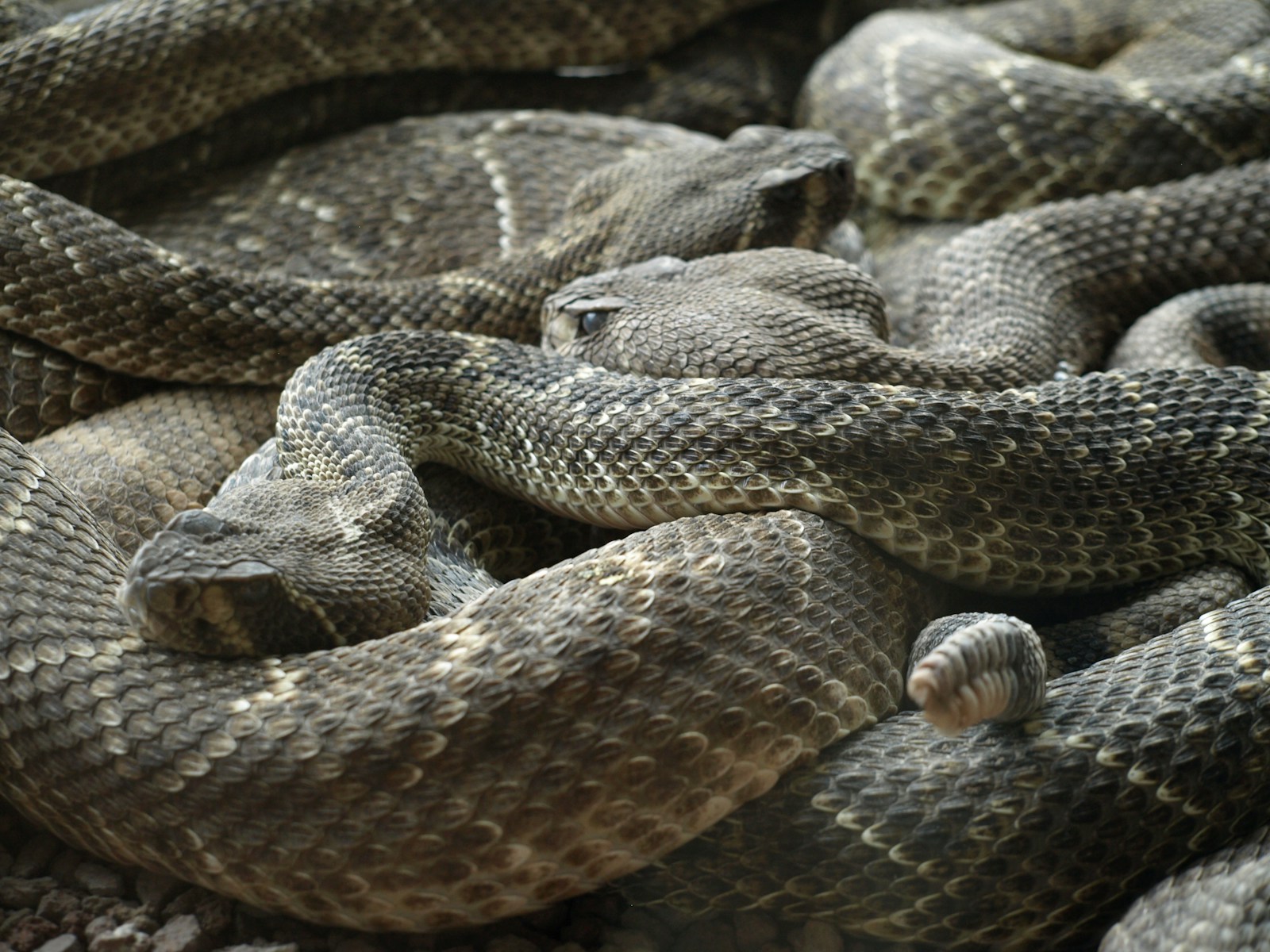
The Eastern Hognose Snake (Heterodon platirhinos) stands out as the most renowned practitioner of thanatosis among serpents. These relatively small, thick-bodied snakes are native to North America and possess a distinctive upturned snout that gives them their “hognose” name. Despite being harmless to humans – they’re rear-fanged with mild venom that affects only small prey – hognose snakes have developed elaborate defense mechanisms. Their death-feigning behavior is so convincing that even experienced herpetologists can be momentarily fooled by the performance. What makes their act particularly remarkable is the commitment to character – a hognose may maintain its “dead” pose for minutes or even hours if it perceives continued threat.
The Dramatic Death Sequence
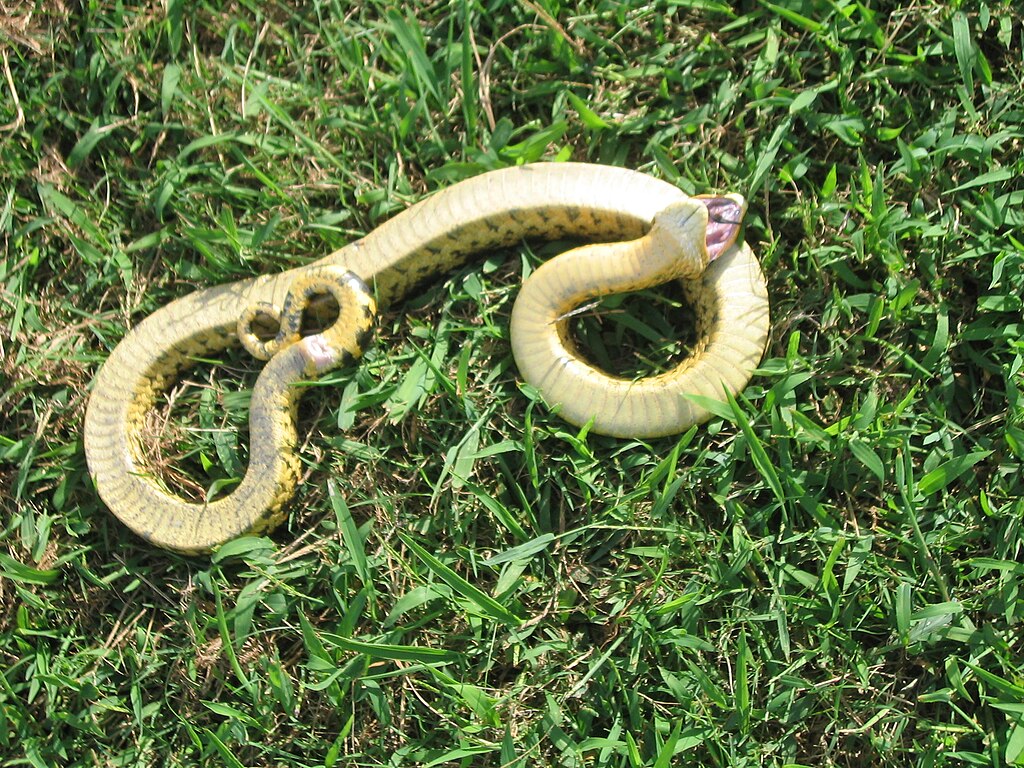
When a hognose snake initiates its death performance, observers witness a sequence worthy of theatrical acclaim. First, the snake will dramatically writhe and twist, often rolling onto its back with mouth agape – a behavior that seems counterintuitive for survival but serves a specific purpose. Next, the snake’s body goes completely limp, its mouth hangs open with tongue lolling out, and it may even release a foul-smelling musk from glands near its tail, enhancing the illusion of decomposition. Perhaps most convincingly, the snake will remain belly-up – a position real dead snakes often assume as gases build up post-mortem. If turned right-side up by a curious observer, a committed hognose will immediately flip back onto its back, inadvertently revealing the ruse.
The Multi-Stage Defense Strategy

Playing dead represents just the final act in the hognose snake’s impressive defensive repertoire. Before resorting to thanatosis, these snakes employ several escalating tactics to deter threats. Initially, a threatened hognose will flatten its neck and raise its head cobra-style, hissing loudly while making false strikes with closed mouth. This intimidation display aims to convince predators that they’re dealing with a dangerous venomous snake. If this fails, some species perform an impressive bluffing behavior – striking repeatedly but never actually biting. Only when these active defenses prove ineffective does the snake “surrender” and deploy its ultimate trick: playing dead. This graduated response system conserves energy by using the most metabolically expensive defenses only when necessary.
Evolutionary Advantages of Fake Death

The evolution of thanatosis as a defense mechanism offers significant survival advantages to hognose snakes. Many predators, including birds of prey, wild canids, and other snakes, are triggered to hunt and kill by movement, making motionlessness an effective deterrent. Additionally, numerous predators avoid consuming carrion or dead prey due to the potential presence of harmful bacteria or toxins. By mimicking death convincingly, the hognose exploits these predator avoidance instincts. Research indicates that snakes exhibiting more convincing death performances have higher survival rates, suggesting strong natural selection for this behavior. Interestingly, juvenile hognose snakes often display more dramatic death-feigning than adults, possibly because their smaller size makes them more vulnerable to a wider range of predators.
Regional Variations in Death-Feigning Behavior

The intensity and likelihood of thanatosis behavior varies significantly among different hognose species and even within populations of the same species. Western Hognose Snakes (Heterodon nasicus) are generally more likely to play dead than their eastern cousins, often requiring less provocation before resorting to this defense. Southern Hognose Snakes (Heterodon simus), now rare in much of their range, exhibit particularly elaborate death performances that can last several hours. Researchers have documented fascinating regional differences, with snakes from areas with higher predator density showing more developed thanatosis behaviors. These variations suggest local adaptation of the behavior in response to specific predator pressures, demonstrating the remarkable plasticity of this defensive strategy across different ecological contexts.
Physiological Mechanisms Behind Fake Death
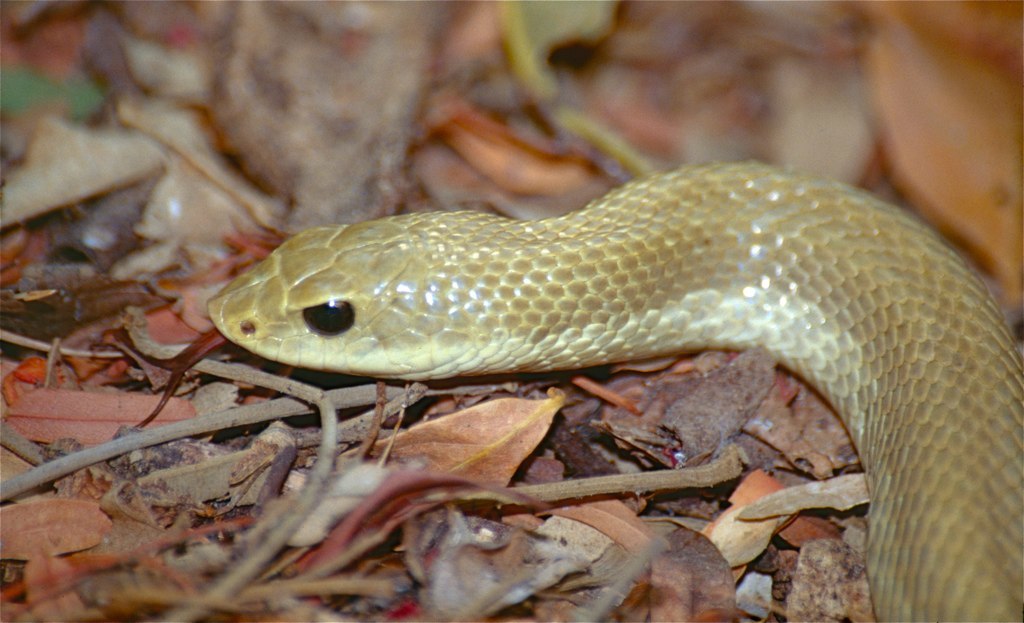
The convincing nature of a hognose snake’s death performance stems from actual physiological changes rather than mere physical positioning. During thanatosis, the snake’s heart rate decreases significantly, sometimes by as much as 50% from its normal resting rate. Blood pressure drops temporarily, and breathing becomes shallow and irregular, sometimes appearing to stop completely for brief periods. The snake’s muscles relax entirely, creating the characteristic limpness associated with death. Most remarkably, researchers have documented temporary suppression of reflex responses during thanatosis – even typically automatic defensive reactions may be inhibited. These physiological changes are controlled by the parasympathetic nervous system, the same system responsible for “rest and digest” functions, suggesting thanatosis may have evolved from basic stress responses.
Other Snakes That Play Dead

While hognose snakes are the most famous death-feigners, this behavior appears in several other snake species to varying degrees. The African Grass Snake (Psammophis sibilans) will occasionally roll onto its back and remain motionless when severely threatened. Certain water snake species, particularly the Northern Water Snake (Nerodia sipedon), may employ a less elaborate version of thanatosis when handled. The Eastern Indigo Snake (Drymarchon couperi), North America’s longest native snake, has been documented feigning death in rare instances. Even some venomous species like certain young rattlesnakes occasionally display rudimentary death-feigning behaviors. However, none match the theatrical commitment or physiological depth of the hognose snake’s performance, suggesting this behavior has been particularly refined in this genus through evolutionary pressure.
Cultural and Historical Perspectives

The hognose snake’s dramatic death performance has earned it folkloric status in many cultures. Native American tribes in the snake’s range often featured the hognose in trickster tales, depicting it as a clever deceiver. Early European settlers in North America called them “puff adders” or “spreading adders” due to their cobra-like defensive display, and their death-feigning earned them nicknames like “playing possum snake” and “drama queen.” Historical accounts from as early as the 1700s describe the behavior in detail, with some naturalists initially believing the snakes genuinely died from fear when threatened. The hognose’s performance was so convincing that until the early 20th century, some scientific texts incorrectly claimed these snakes could voluntarily “die from shock” when frightened.
Common Misconceptions About Death-Feigning

Despite scientific understanding of thanatosis, numerous misconceptions persist about snakes that play dead. One common myth suggests the behavior is a form of hypnosis or trance rather than an active defense strategy. Another widespread misconception is that all snakes can play dead if sufficiently threatened, when in reality the behavior is limited to specific species with genetic predispositions toward thanatosis. Some people incorrectly believe that touching or handling a “dead” hognose will break the act immediately, when in fact committed individuals may maintain the pose despite significant disturbance. Perhaps most dangerously, some mistake the hognose’s defensive flattening display for that of venomous cobras, leading to unnecessary killing of these beneficial, harmless snakes based on misidentification.
Conservation Implications
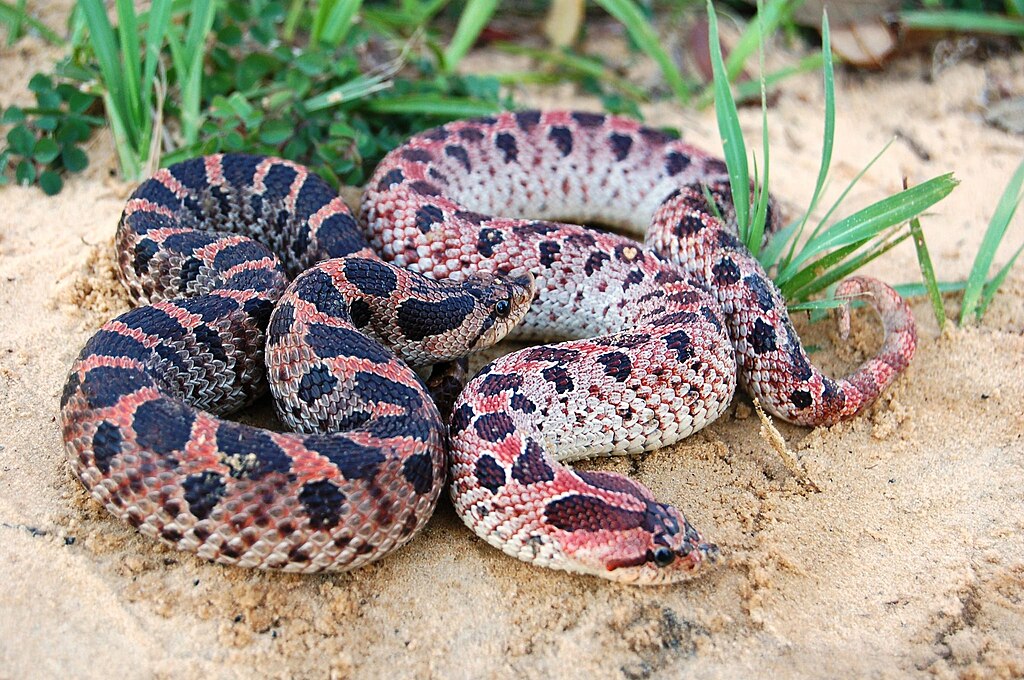
The hognose snake’s dramatic defensive behaviors, ironically, sometimes work against its conservation. Their cobra-like defensive posturing often leads to misidentification as venomous snakes, resulting in unnecessary killing by humans. Additionally, their tendency to remain on roads while playing dead makes them particularly vulnerable to vehicular mortality. Several hognose species, particularly the Southern Hognose Snake, face significant population declines due to habitat loss and fragmentation. Conservation efforts now include public education about identifying these harmless snakes and their unique behaviors. Researchers are also studying whether thanatosis behaviors might change in frequency or intensity in areas with high human activity, potentially providing insights into behavioral adaptation to anthropogenic pressures.
Observing and Responding to a “Sleeping” Snake
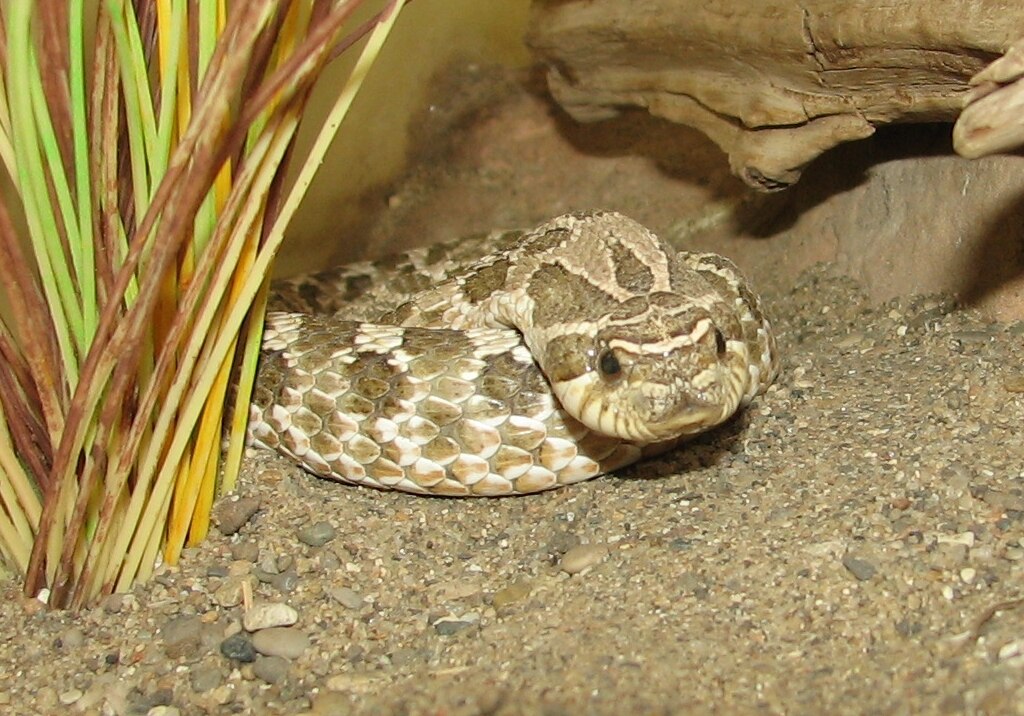
Encountering a hognose snake in its death-feigning state offers a rare wildlife observation opportunity, but proper response is important for both human and snake safety. If you discover what appears to be a dead snake lying belly-up, maintain a respectful distance – if it’s a hognose performing thanatosis, close approach may prolong its stress response. Never attempt to handle or disturb a snake in this state, as it unnecessarily stresses the animal and may cause it to deploy other defensive measures like musking. Photography from a distance is the best way to document this fascinating behavior. After observing, simply move away quietly and allow the snake to recover naturally – once it perceives the threat has passed, it will cautiously right itself and continue on its way, usually no worse for the experience.
Conclusion
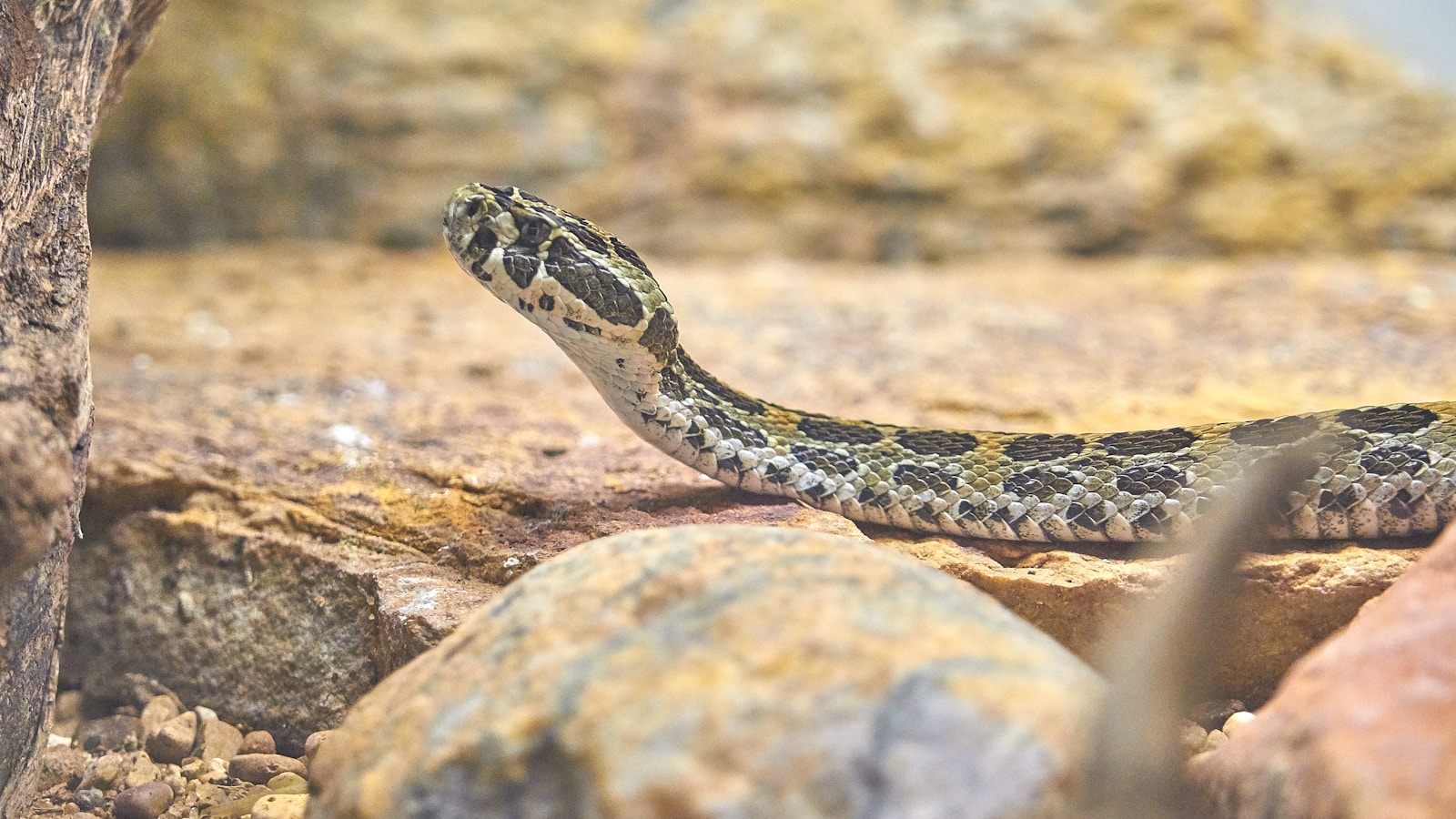
The hognose snake’s remarkable ability to feign death represents one of nature’s most theatrical and effective defense mechanisms. This behavior, refined over millions of years of evolution, showcases the incredible adaptability of wildlife in developing survival strategies. From the dramatic performance itself to the physiological changes that make it convincing, thanatosis demonstrates the complex interplay between behavior and biology in the animal kingdom. While playing dead may seem counterintuitive for survival, its persistence across different snake species and populations speaks to its effectiveness. As we continue to study these fascinating reptiles, the hognose snake reminds us that sometimes in nature, the best defense isn’t fierce resistance but rather a perfectly executed performance of vulnerability.

